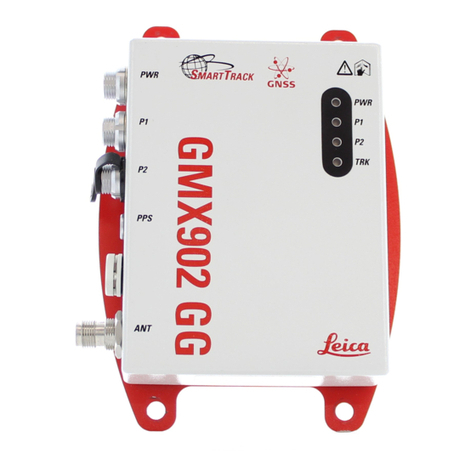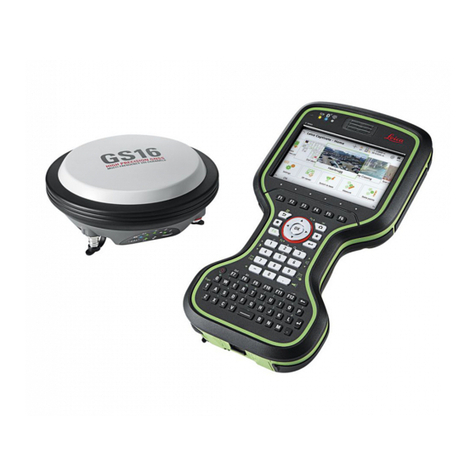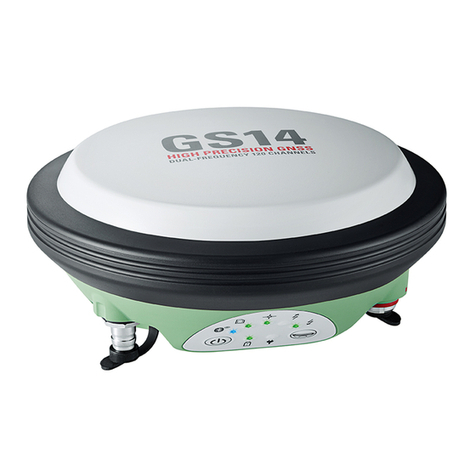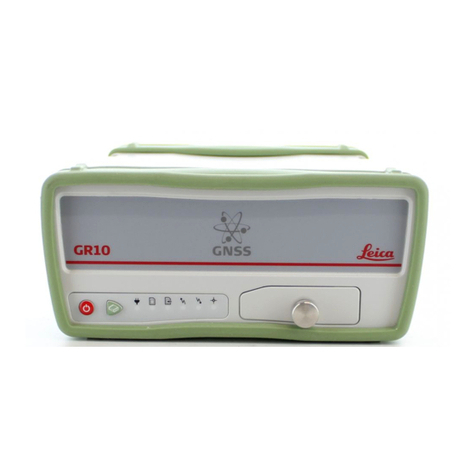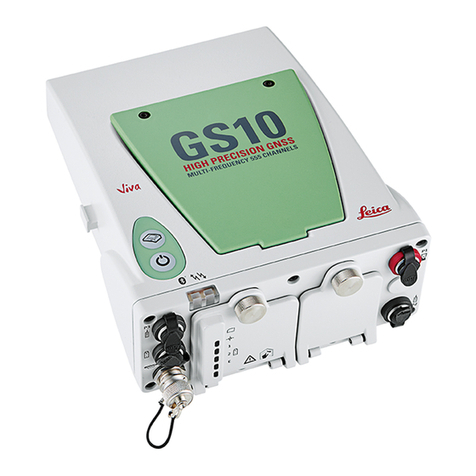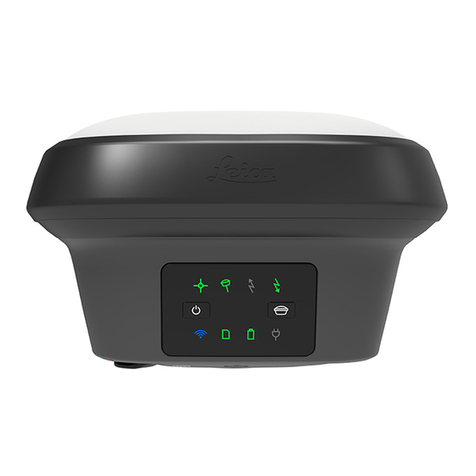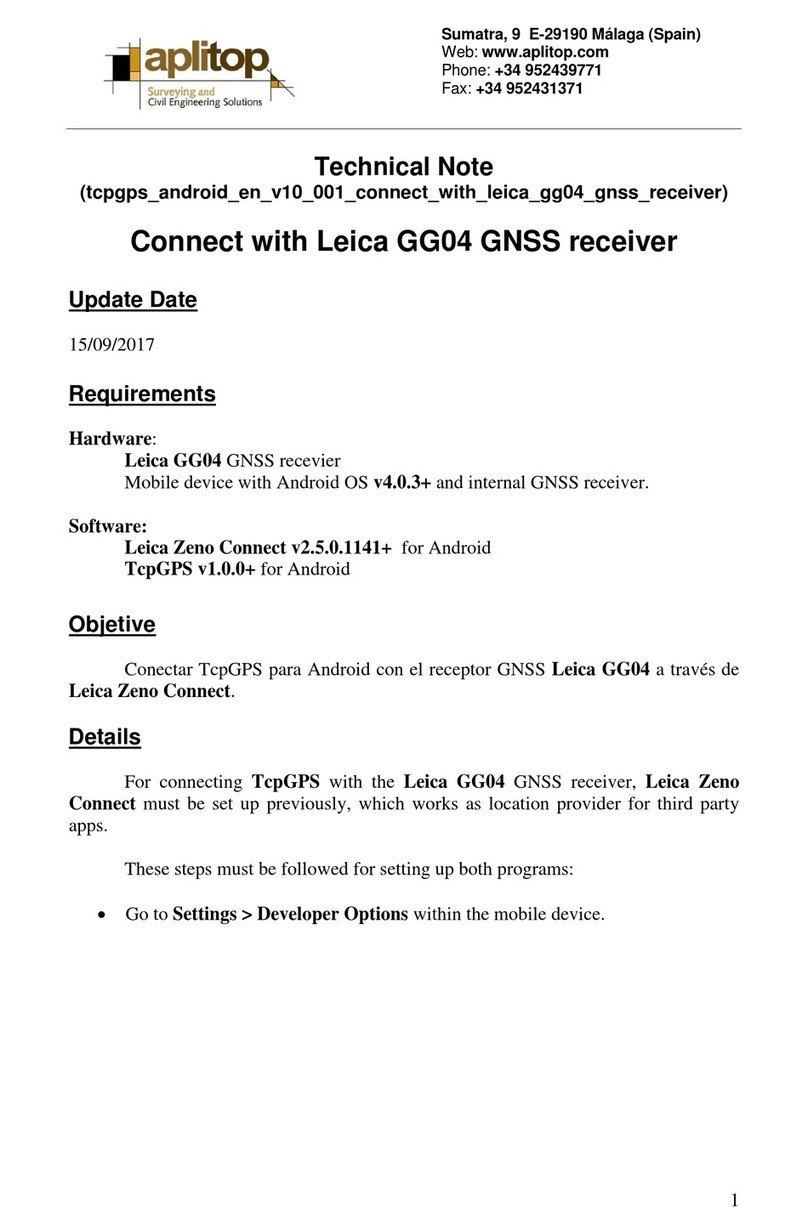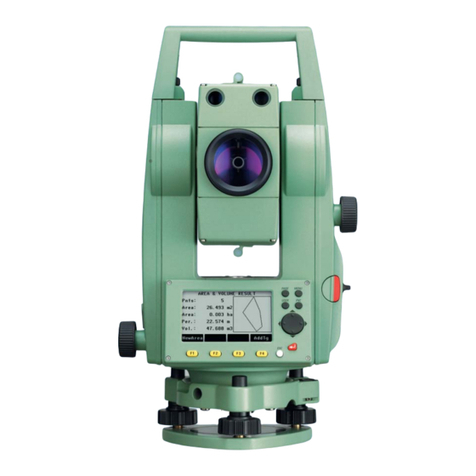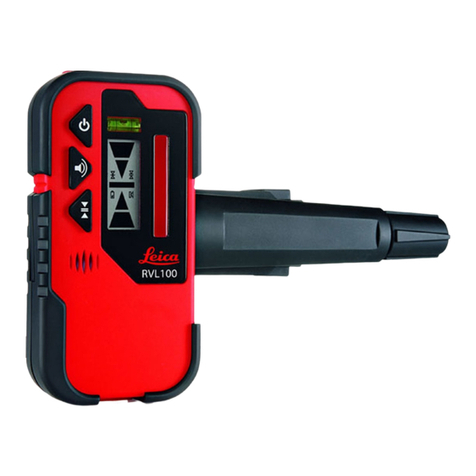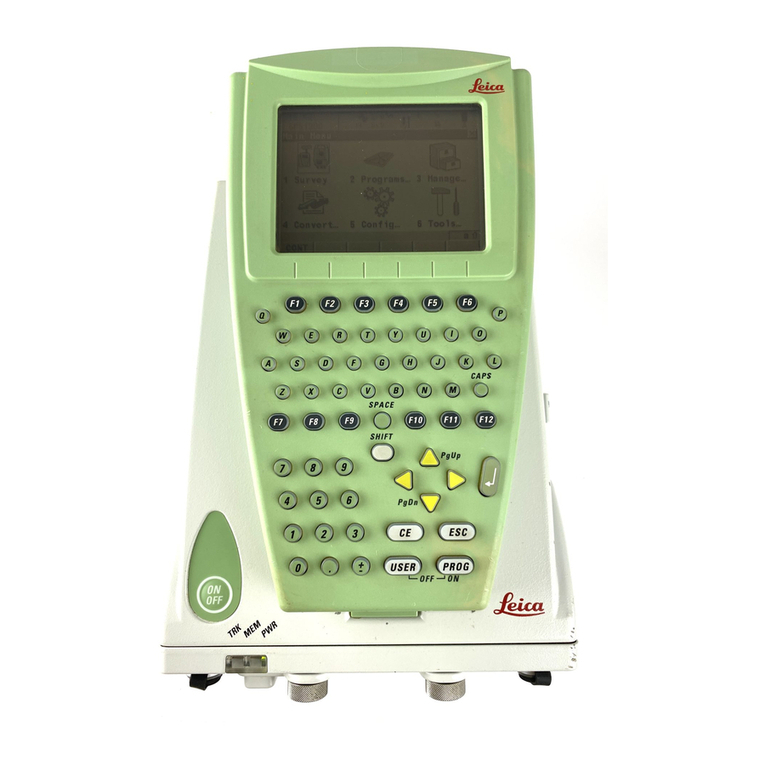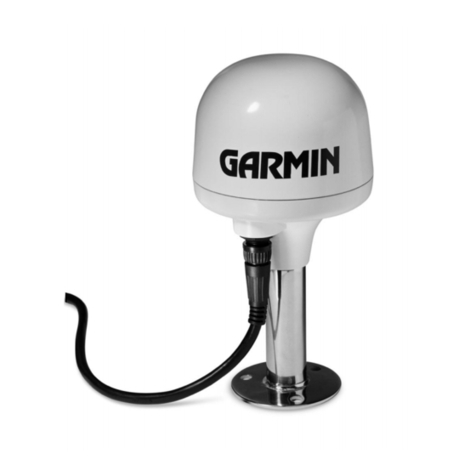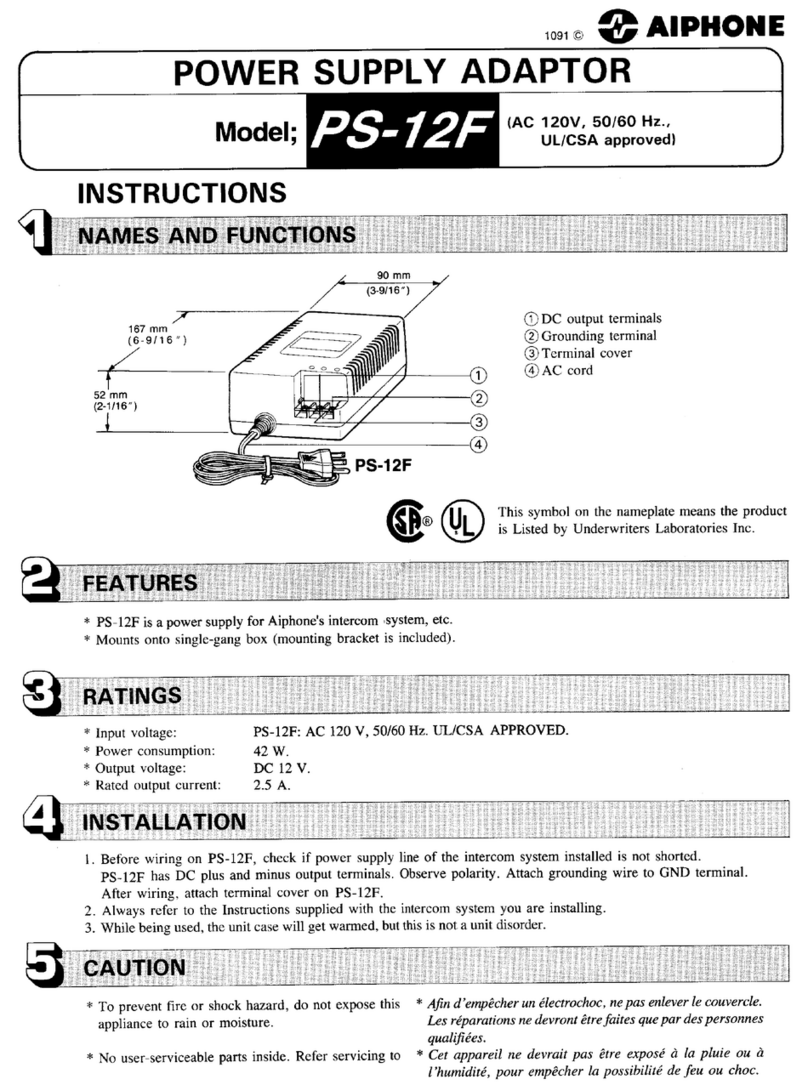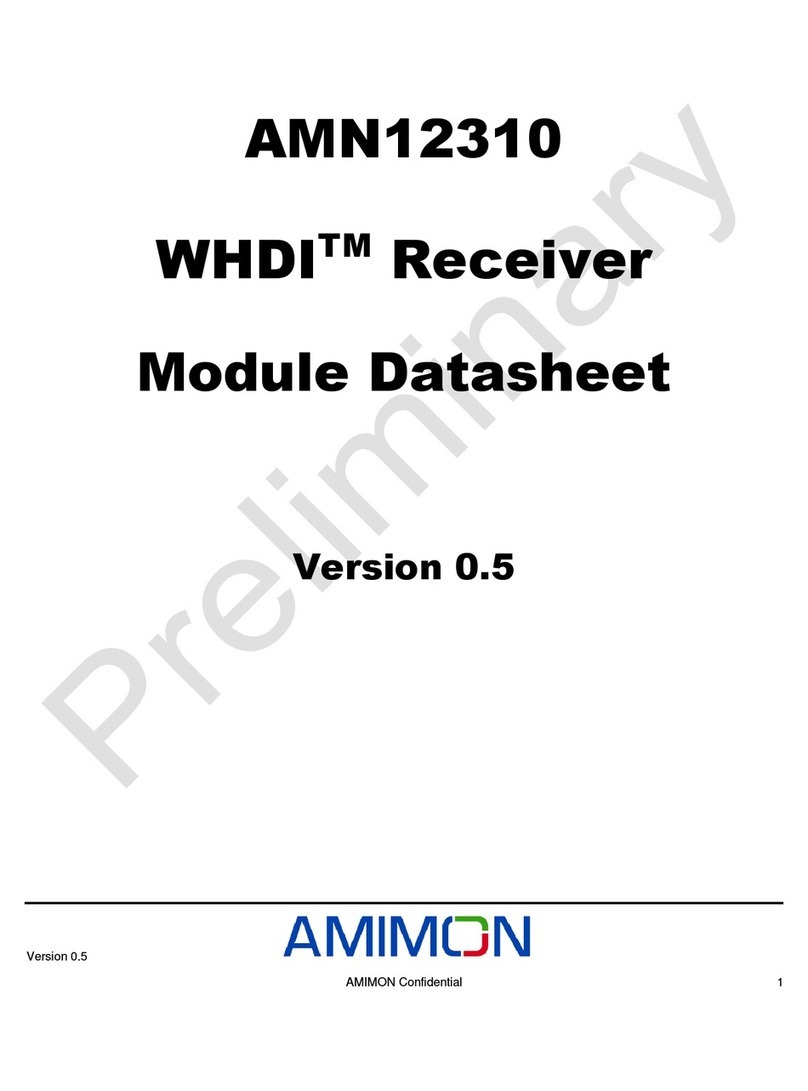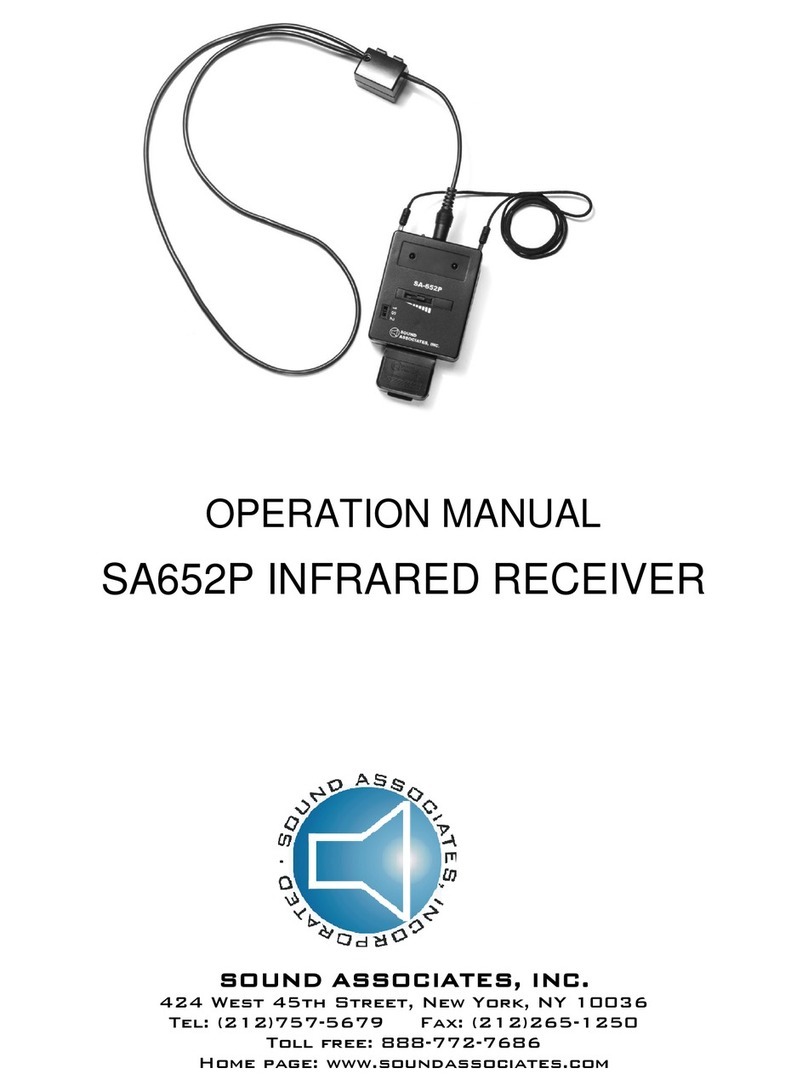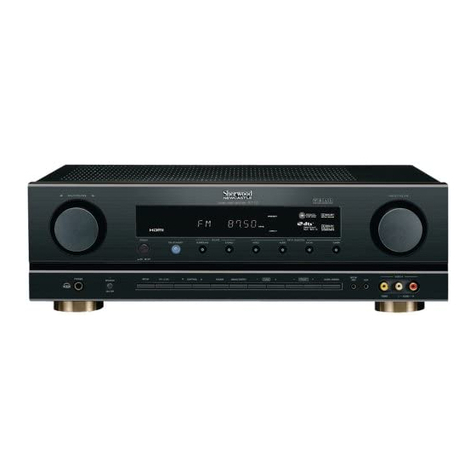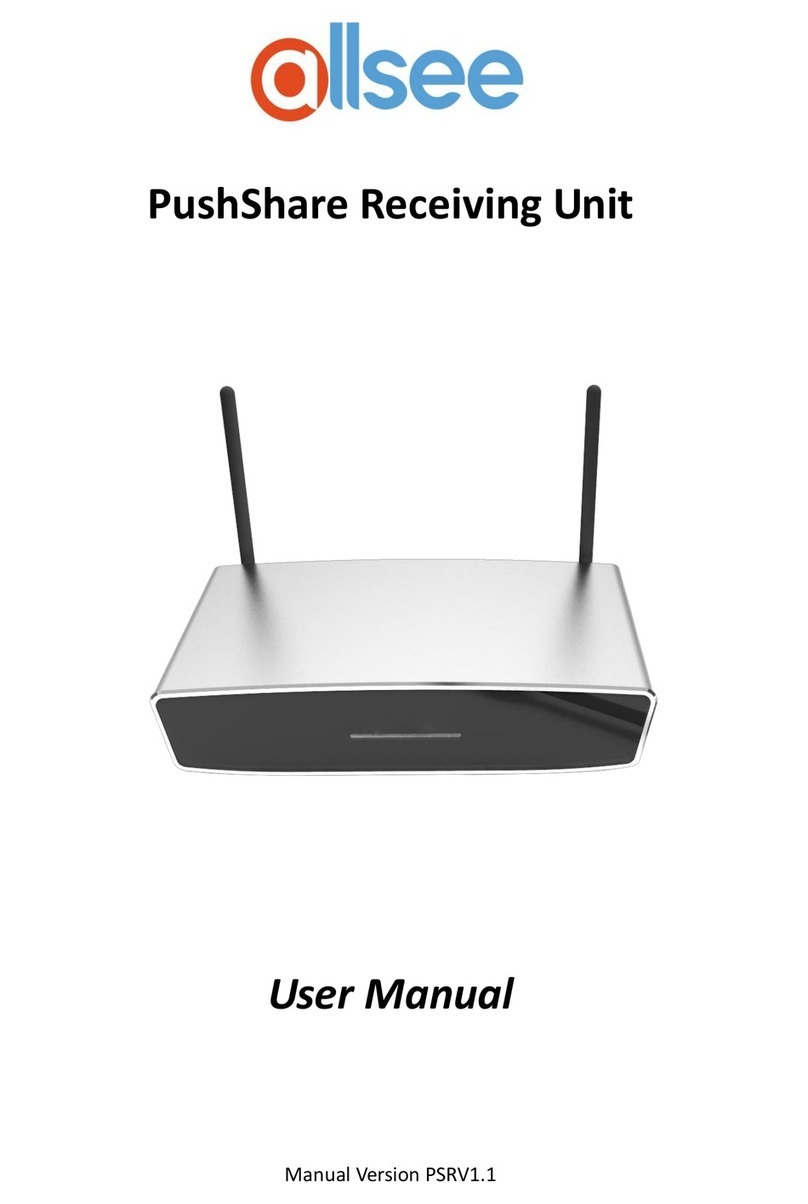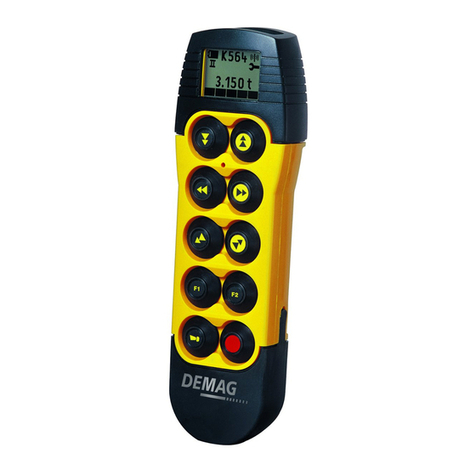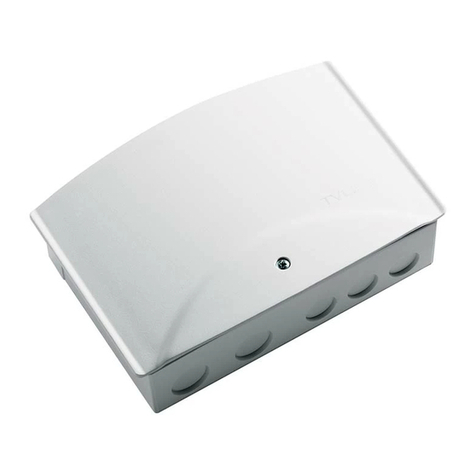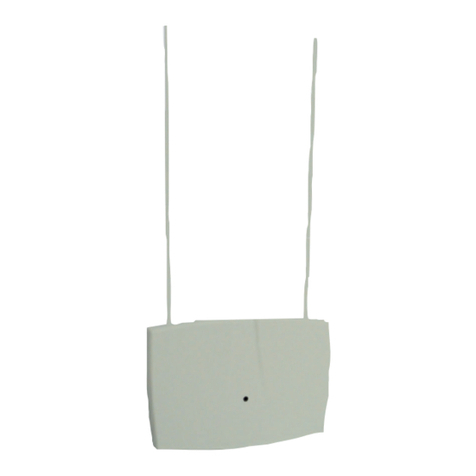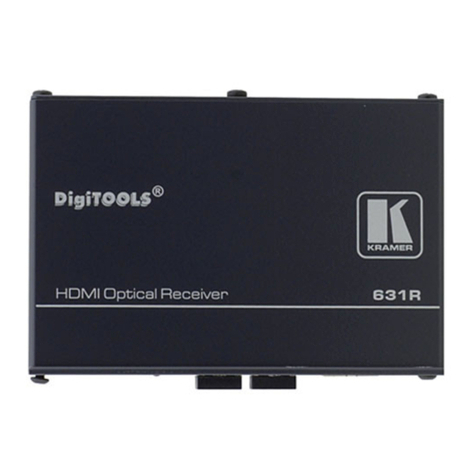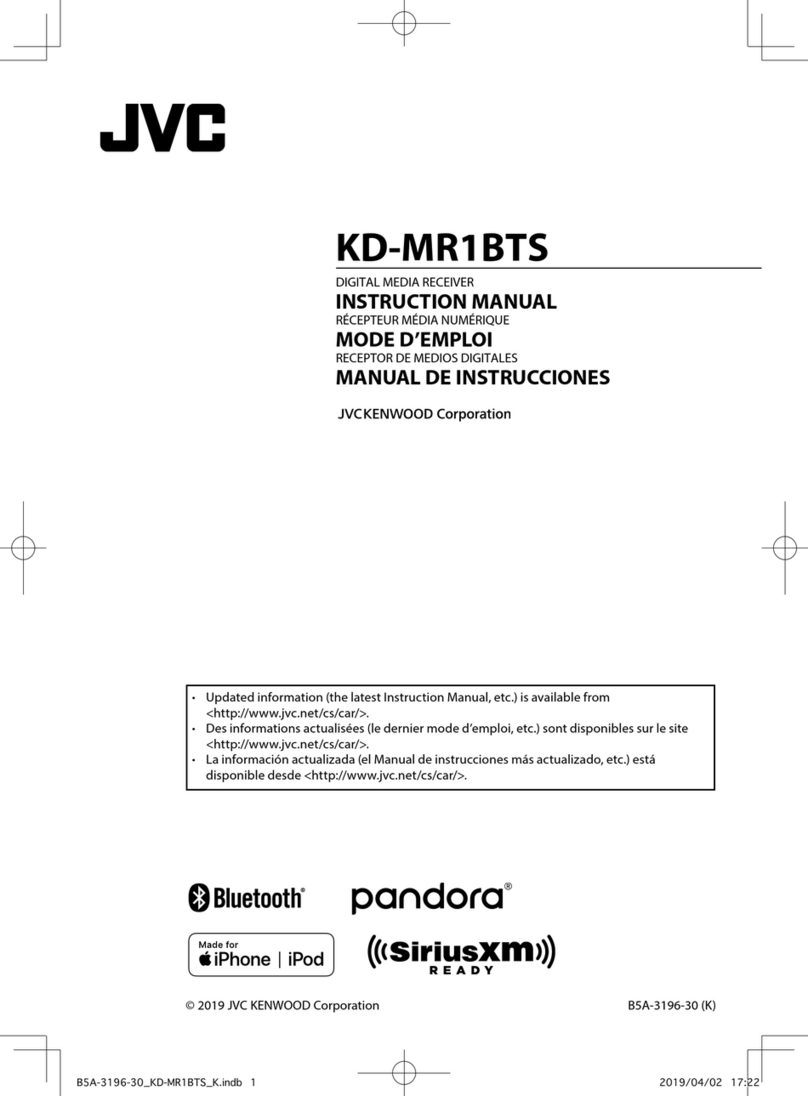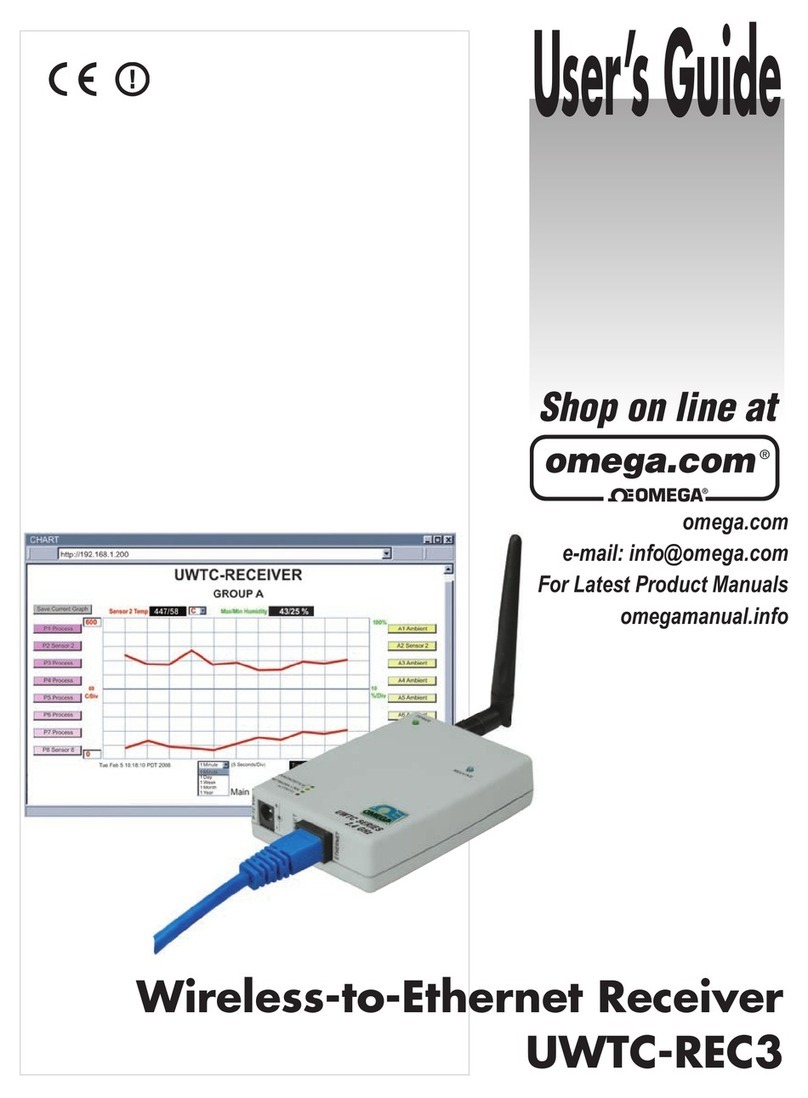
WARNING
Inadequate securing of the working site.
This can lead to dangerous situations, for example in traffic, on building sites
and at industrial installations.
Precautions:
▶Always ensure that the working site is adequately secured.
▶Adhere to the regulations governing safety, accident prevention and road
traffic.
CAUTION
Not properly secured accessories.
If the accessories used with the product are not properly secured and the
product is subjected to mechanical shock, for example blows or falling, the
product may be damaged or people can sustain injury.
Precautions:
▶When setting up the product, make sure that the accessories are correctly
adapted, fitted, secured, and locked in position.
▶Avoid subjecting the product to mechanical stress.
DANGER
If the product is used with accessories, for example on masts, poles, you may
increase the risk of being struck by lightning. Danger from high voltages also
exists near power lines. Lightning, voltage peaks, or the touching of power
lines can cause damage, injury and death.
Precautions:
▶•Be sure to remain at a safe distance from electrical installations. Do
not use the product directly under or close to power lines. If it is
essential to work in such an environment contact the safety authori-
ties responsible for electrical installations and follow their instructions.
•If the product has to be permanently mounted in an exposed location,
it is advisable to provide a lightning protection system. Refer to "1.5.4
Lightning Protection" for a suggestion on how to design a lightning
protection system for the product. Always follow the regulations in
force in your country regarding the design and installation of such a
system. The installation must be carried out by an authorised special-
ist.
•To prevent damages due to indirect lightning strikes (voltage spikes)
cables, for example for antenna, power source or modem should be
protected with appropriate protection elements, like a lightning
arrester. These installations must be carried out by an authorised spe-
cialist.
Safety Directions 9

